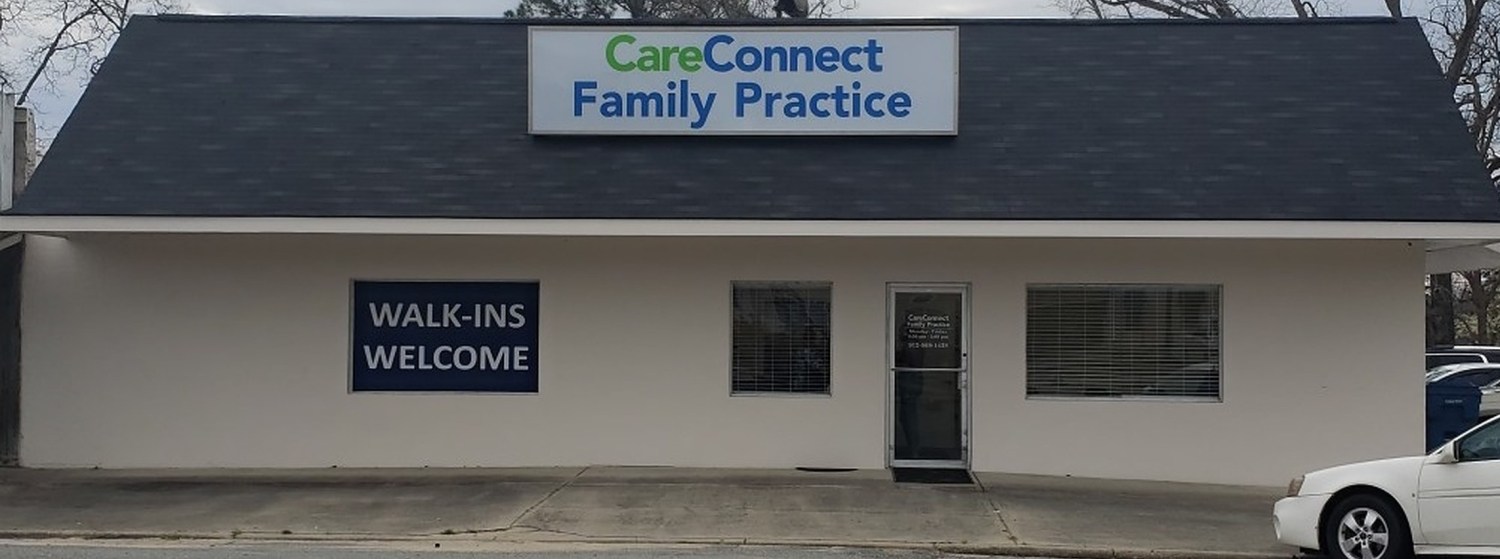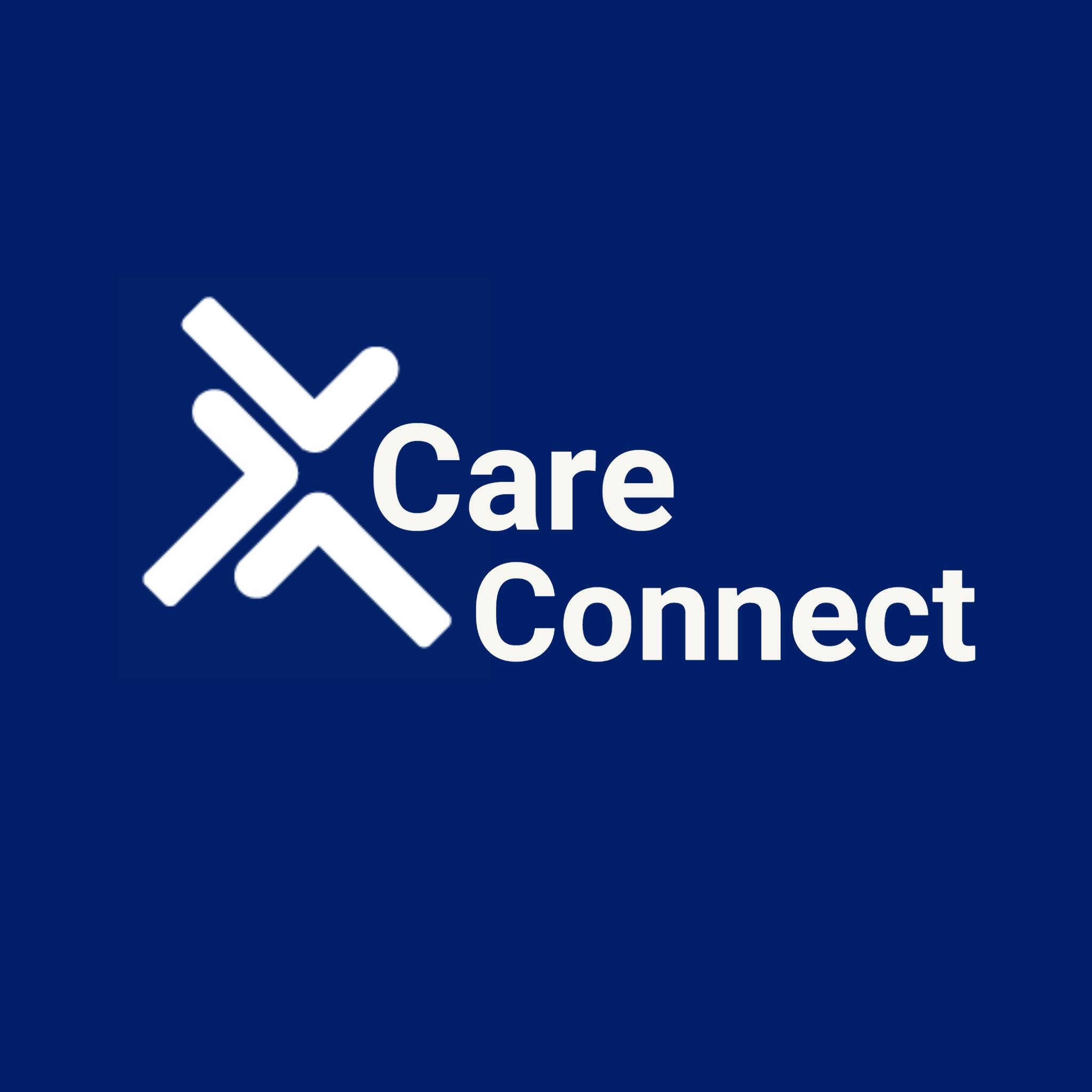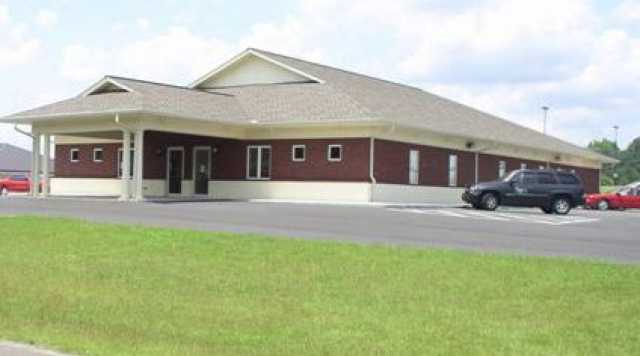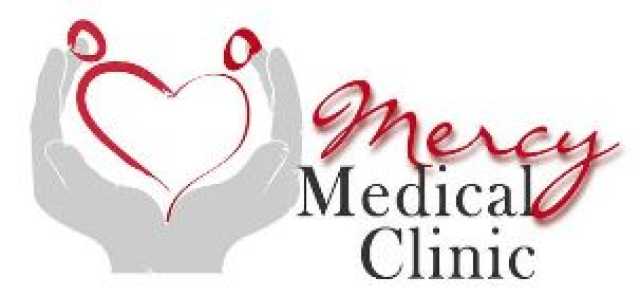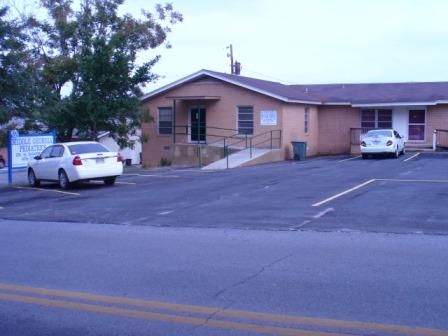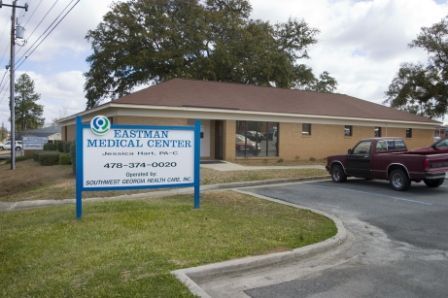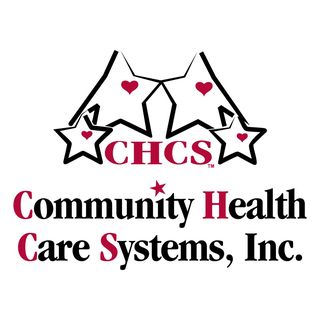Nearby Clinics
Clinics Found Near CareConnect Family Practice - Alamo
East Georgia Healthcare Center Mount Vernon
Location: 11.35 miles from
- 118 E. Broad St.
Mount Vernon, GA - 30445 - 912-583-2277
- Sliding Scale
East Georgia Healthcare Center Soperton
Location: 19.97 miles from
- 452 2nd St.
Soperton, GA - 30457 - 912-529-5533
- Sliding Scale
East Georgia Healthcare Center Inc Vidalia
Location: 22.70 miles from
- 118 Alice Coleman Dr.
Vidalia, GA - 30474 - (912) 537-6565
- Sliding Scale
Middle Georgia Pediatrics
Location: 23.43 miles from
- 725 Legion Dr. Ste A
Eastman, GA - 31023 - (478) 374-1801
- Sliding Scale
Eastman Medical Center
Location: 23.44 miles from
- 817 Griffin Ave.
Eastman, GA - 31023 - (478) 374-0020
- Sliding Scale
Community Health Care Systems
Location: 27.94 miles from
- 1506 Telfair St.
Dublin, GA - 31021 - 478-272-3446
- Sliding Scale
Adrian Clinic Emanuel County Health Department
Location: 29.38 miles from
- 101 Nora Boulevard
Adrian, GA - 31002 - (478) 668-3436

